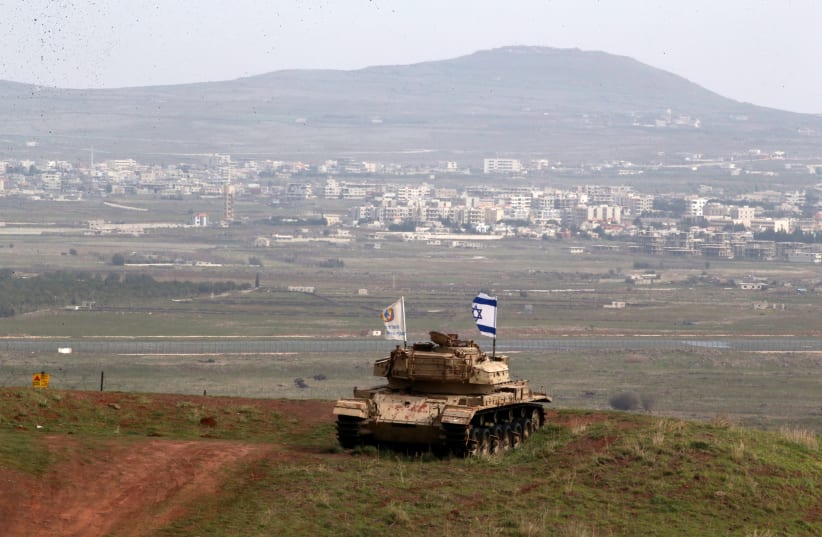A Related Video You May Like:
In December, during an offensive just across from Israel’s border, Assad’s army captured the Syrian town of Beit Jinn and the Syrian part of Hermon.After seven years of deadly civil war that has involved various countries and dozens of rebel and jihadist groups, the regime of Bashar Assad has been regaining more territory with the help of Russian air power and Iranian-backed foot soldiers; it now controls about 80% of the country.With the war in Syria entering a new chapter, Israeli officials have repeatedly voiced concerns over the growing Iranian presence on its borders and the smuggling of sophisticated weaponry to Hezbollah in Lebanon from Tehran via Syria, stressing that both are redlines for the Jewish state.Monday’s spillover comes as tensions have increased between Israel and Iran following an air strike allegedly carried out by the Israel’s air force, killing seven members of the Iranian Revolutionary Guard Corps.While the IDF is preparing for retaliation by Iran by increasing troop readiness along the northern border, Iran’s Foreign Minister Mohammed Javad Zarif denied that Tehran wants conflict.“I do not believe that we are headed towards regional war,” Zarif told CBS’s Face the Nation, adding nonetheless that “Israel has continued its violations of international law, hoping to be able to do it with impunity because of US support, and trying to find smokescreens to hide behind.”
Israel retaliates after errant mortar shell falls in Golan Heights
A number of projectiles have landed in Israeli territory due to the fighting between the regime of Bashar Assad and rebel groups.
